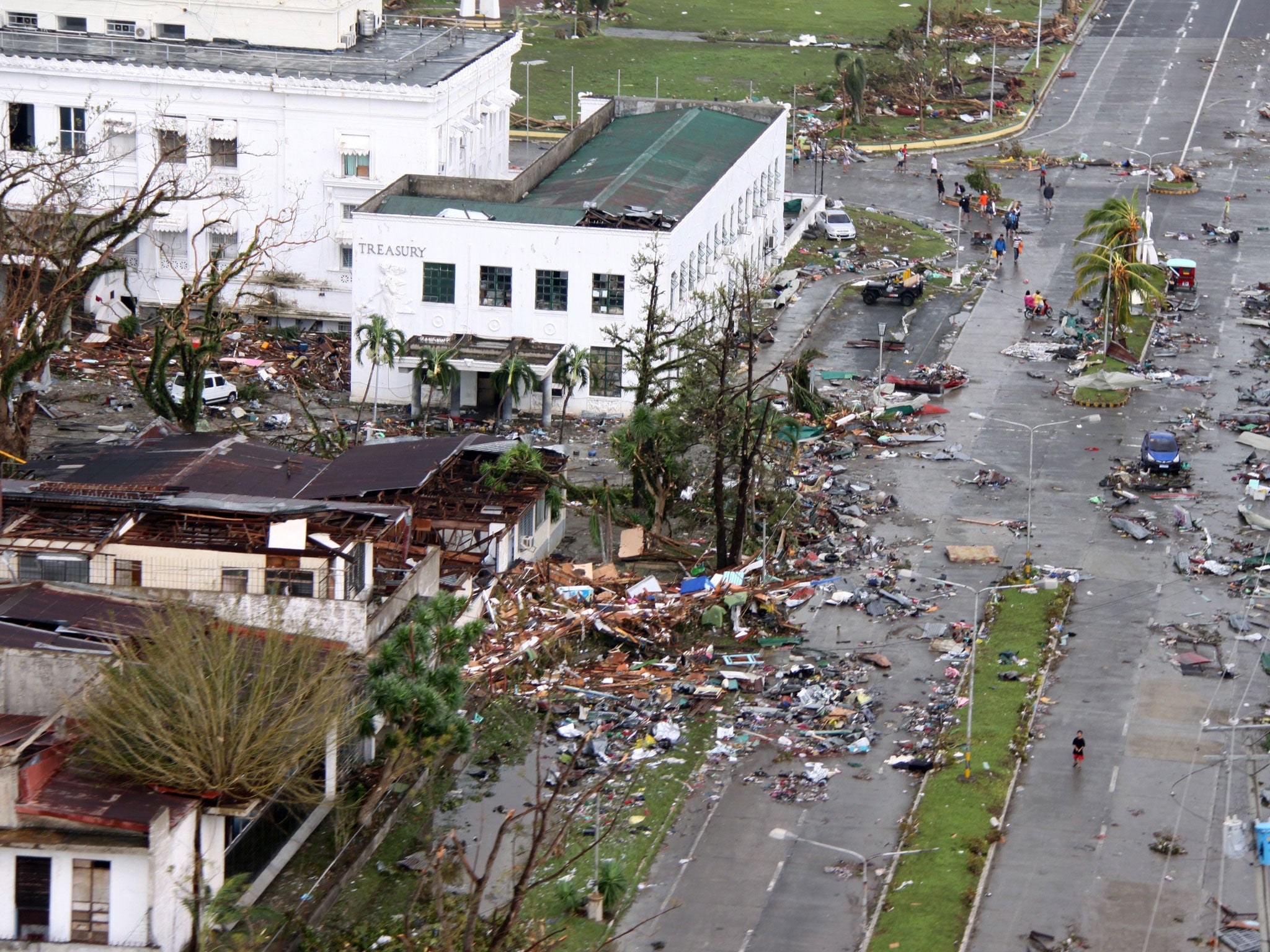Typhoon Haiyan eyewitness: Water still swirls in streets carpeted with twisted metal and mangled cars

No village or town along the road from the port town of Ormoc in southern Leyte to the provincial capital of Tacloban was spared by Typhoon Haiyan.
In Ormoc, the market, the port terminal and the shops and houses along the waterline have been wrecked by the winds that lashed the area, crumpling roofs, toppling power lines and leaving thousands homeless. The owner of a local hotel – damaged but not destroyed – was kind enough to let our team of three take a room for the night before we headed to the northern city of Tacloban on Monday morning.
The hotel has become a lifeline for those whose homes were destroyed. Although there is no power, there is a fresh water spring – vital in this kind of crisis.
As our assessment team set off, dozens of people were preparing to walk the 110km journey, some in search of missing relatives, others looking for medical assistance or food.
On the way to Tacloban, the scenes of devastation intensified.
Thousands of coconut trees have been uprooted and catapulted across the land, or they have been snapped in two, like toothpicks. Although vehicles can now make it along the route, it is still strewn with debris. What is striking is that communities are already trying to clear up, using wreckage to put together makeshift shelters that might at least protect them from the rain.
As we approached Tacloban, we were met by several thousand people making their way out of the city – some barefoot and walking, others had managed to fit five people and the remains of their belongings on to the backs of scooters. Their destination was not clear, but what is clear is that huge numbers of people have been displaced.
Tacloban city itself is utterly destroyed. A police boat lies marooned on top of a heap of building debris close to the centre of the city where it was carried and dumped by the huge waves that swept through the area. Trees dangle from tangled phone and power lines. Flood water swirls in the streets, which are carpeted in twisted metal, mangled cars, piles of wood and household appliances.
One man I spoke to described the moment the storm surge swept through. He said three separate 3-metre waves pounded the area. When he heard the first, he picked up his mother and ran, carrying her, from the house. They both survived, but they have not been able to find out the fate of relatives living nearby.
The Philippine Red Cross is trying to register the missing and reunite survivors – a vital task that is only just beginning. They are working to find those people who are not living in formal evacuation centres but are instead bedding down in the shells of semi-destroyed buildings.
The organisation says there is an urgent need for medical supplies to help doctors cope with lacerations or broken bones, as well as diarrhoea caused by a lack of safe water.
Food and water relief is critical here. Aid agencies are working with the government to distribute supplies.
Though the international media has focused on Tacloban, it is not the only place to have been ravaged. As the Red Cross and other agencies continue to carry out assessments in the coming days and weeks, the true extent of the disaster will become clearer.
Nichola Jones, 31, from Manchester is an IFRC (International Federation of the Red Cross) delegate in the Philippines.
Subscribe to Independent Premium to bookmark this article
Want to bookmark your favourite articles and stories to read or reference later? Start your Independent Premium subscription today.

Join our commenting forum
Join thought-provoking conversations, follow other Independent readers and see their replies